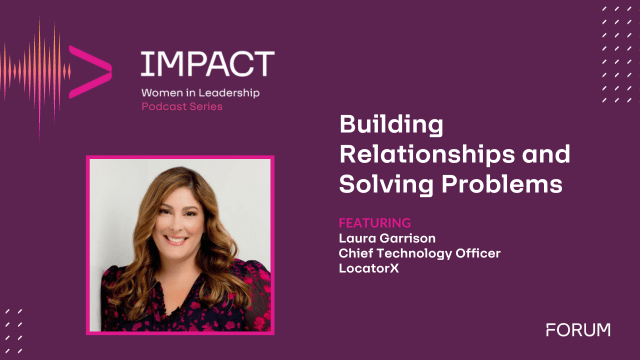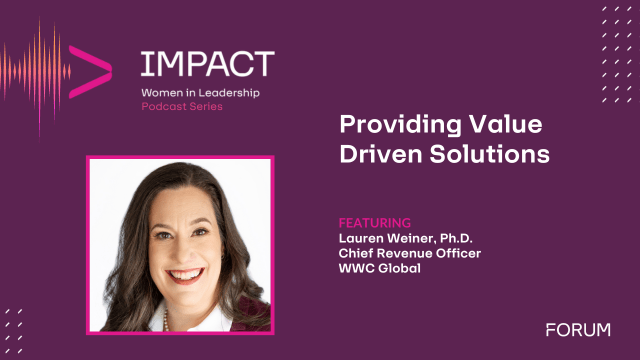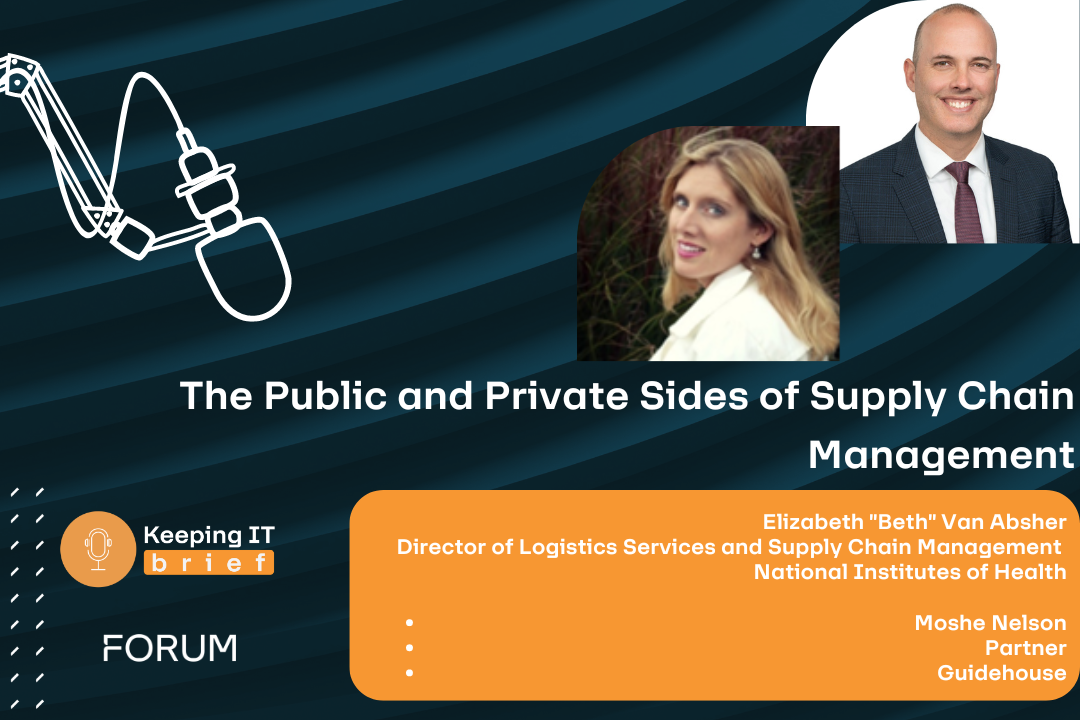To wrap up 2017, FedHealthIT recognized 100 individuals who were nominated by their peers for driving change and advancement in the Federal Health Information Technology Market. Some of the common themes among those selected included the desire and willingness to challenge conventional wisdom, to go above and beyond, to drive innovation, and to give back to the larger Federal Health IT community.
Over the course of 2018, we’ll speak with many of these industry leaders and will share their insights on how the industry may continue to move forward and advice about getting involved. In this interview, Milad Bahrami, Senior Enterprise Account Executive with Pegasystems, shares insights on the solutions his company is behind and his advice for those wanting to drive opportunities.
Tell us a Bit About Some of the Solutions Needed in Federal Health IT
Reuse and collaboration are key when talking about legacy system modernization. The selected technology has to enable reuse across different business entities. Agencies have many similar processes but also unique ones embedded within them. During my time in the Government I served in various Office of the Chief Information Officer (OCIO) organizations and noticed that there was a shared desire to address these challenges, but efforts typically faced a common obstacle that tied directly to a gap in the technology market: the ability to create a single enterprise application that addressed not only the processes that were unique to various divisions in a single agency, but that also had the ability to make changes to a unique process without changing anything else.
How Does a Company Like Pegasystems Approach Partnering?
Our partners are a critical part of our business. We work collaboratively with systems integrators and technology partners to address the Government’s most critical business problems. We also rely on our partners for delivery of our solutions.
Is There Any Advice You Would Offer to Others Around Driving New Opportunities?
It sounds clichéd, but you have to be able to listen. When I was in the Government, that was what made a meeting valuable. Listening on a deeper level means being flexible in how you address challenges. It means not going in with a set solution to offer, but rather, listening to the deeper need and offering solutions that can address that need.
What I’ve also learned is that you have to take time to teach others about your technology and effectively communicate what you have to offer and how you can help—using their language and experiences from their environment. You have to learn and absorb from everyone around you.
Government and industry both have to recognize that our role is to help. We are talking with many different agencies and can bring that combined knowledge and insight to the table when discussing initiatives. We can leverage lessons learned and best practices from other agencies as we have these conversations.
Tell Us a Bit About Your Background and Your Current Role
Through more than 17 years in the Federal space, I have always been in the IT systems world focused on mission related and administrative systems. I started delivering large programs as a systems integrator, then worked in Government overseeing those systems, and now I’m with Pegasystems focused on understanding Government challenges and advising on technology approaches that achieve the mission.
My focus is on leveraging our capabilities, partnering with the Federal Health community and educating others on how they can leverage the right technologies to create efficiencies. This isn’t just about our own technologies, but more about understanding the underlying need and providing guidance about how those goals and challenges can be addressed.
What is the Secret to Overcoming Challenges?
There are different challenges for every company and individual employee. Across the board, if you stay focused on outcomes, you will be able to overcome any challenge. You do that by developing a roadmap to get to your end goal. In the case of a team or a collaborative effort, it’s about working closely with the organizations you’re partnered with to ensure everyone is working toward the same objective.
Are There Any Organizations that Support Your Efforts?
We’re fortunate within the Federal Health community that there are many great organizations that help us be successful. From the perspective of information sharing and business development, the G2X daily email is a good way to stay on top of what is happening and to gain insight.
HIMSS is at the forefront from a technology perspective. They are a great organization to align with in order to make sure you are getting the most current thought leadership in Health IT.
Where do You See the Market Going?
There are many different ways to answer this. If there is one key theme that I hear regularly it is “legacy system modernization.” Federal Health organizations are looking at ways to modernize their legacy environment in an agile and collaborative way that utilizes modern technologies. Common issues include difficulty to maintain, interface with, change, and staff.
There is also a growing understanding that data needs to be actionable. Part of that evolution will come through the development of AI to automate decision making. There is also the opportunity to focus on pattern recognition to drive actions and outcomes for improved customer interactions. We are all trying to figure out how to think about AI and I don’t see it as a be-all, and end-all solution; it needs to support the larger strategy and be part of the bigger modernization that needs to happen. This is why, when architected together, intelligent business process management (iBPM) and AI are able to make a difference and create true efficiencies.
Milad Bahrami is Senior Enterprise Account Executive for the Department of Health and Human Services (HHS) at Pegasystems. He works with executive leaders at HHS to improve IT effectiveness and enterprise-level results, as well as consults and advises the Agency on how it can automate operations and achieve new levels of efficiency and savings.
He is a former Division Director with the National Institutes of Health (NIH) Business Applications Services organization within the Center for Information Technology, a former U.S. Food and Drug Administration (FDA) CDER IPT Manager, and a former Enterprise Reporting Manager with the U.S. Department of Justice.












